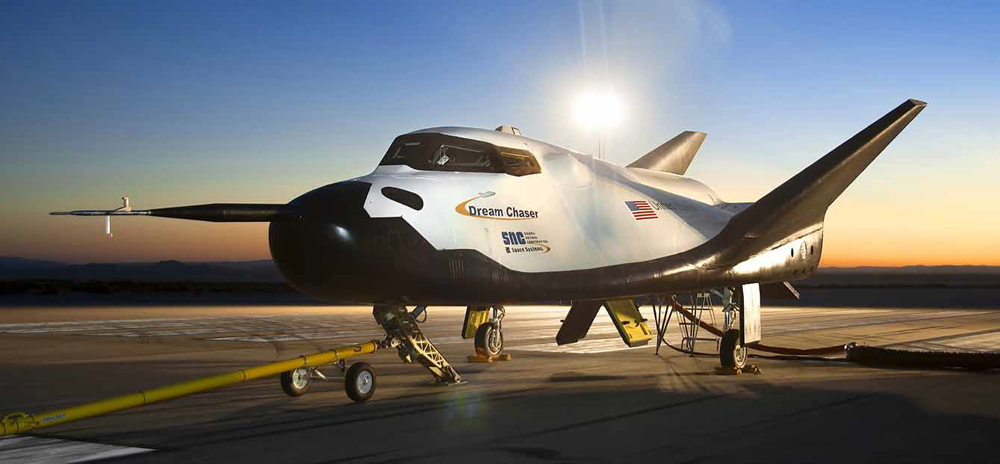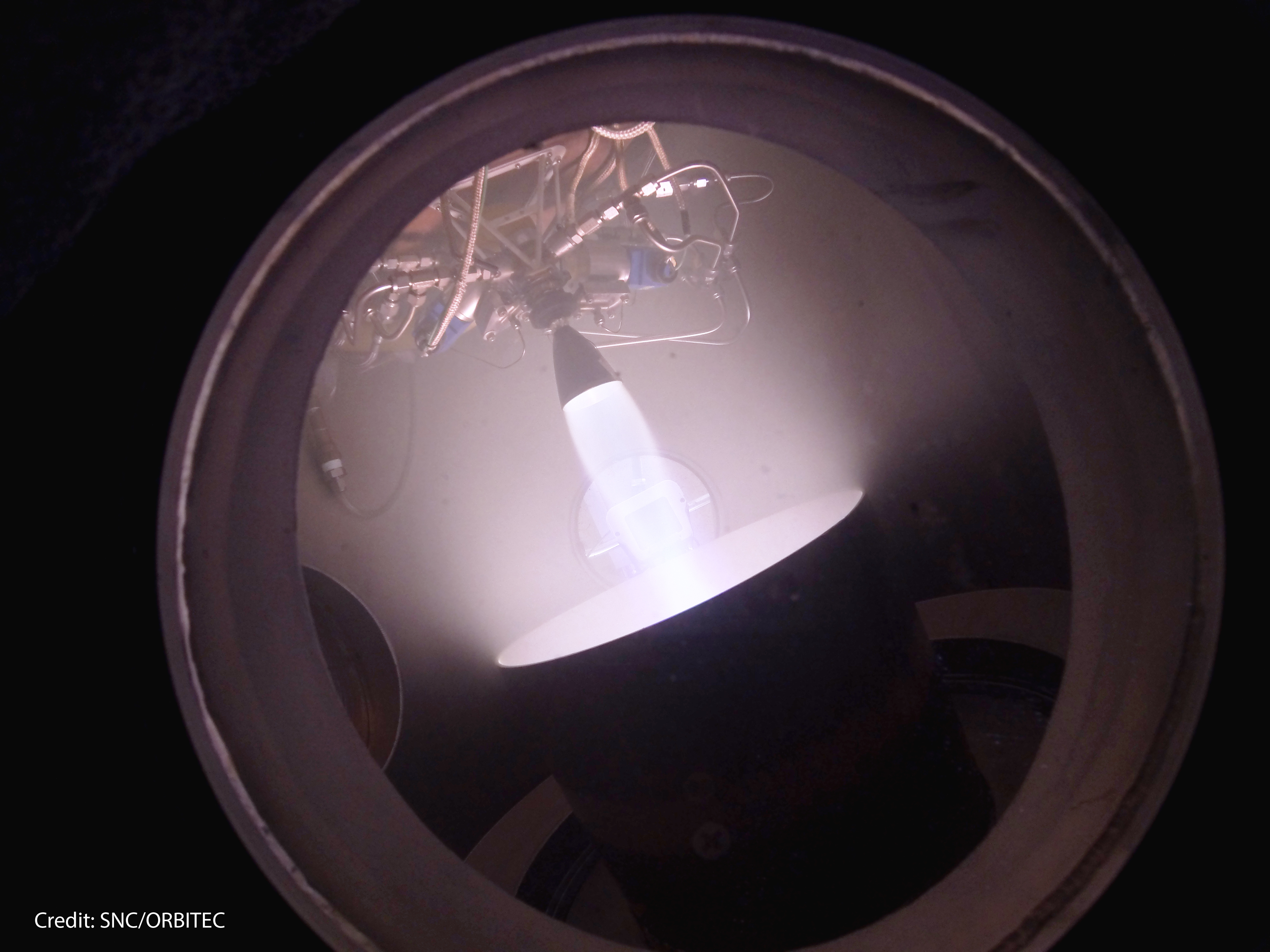Private Dream Chaser Space Plane Keeps Marching Toward Flight

The Dream Chaser space plane continues to take steps toward flight, even though NASA did not select the private vehicle to ferry astronauts to and from the International Space Station.
Sierra Nevada Corporation, which is building Dream Chaser, recently checked off a milestone laid out in the company's last commercial-crew contract with NASA, which was signed in 2012. (The space agency did not award funding to Sierra Nevada in the final phase of the program, known as the Commercial Crew Transportation Capability, instead choosing SpaceX and Boeing to provide astronaut taxis.)
The optional work, called Milestone 15a, had Sierra Nevada show that Dream Chaser's reaction control system can operate in a vacuum chamber characterized by some of the conditions found in space. The system is supposed to help Dream Chaser maneuver in orbit, and also guide it to landings on runways.
"In passing this milestone, we are able to validate our performance and safety, while decreasing the risk for this critical propulsion system," Mark Sirangelo, corporate vice president of Sierra Nevada's Space Systems Division, said in a statement. "Reaching this milestone propels us even closer toward the critical design review and orbital flight of our complete system."
Sierra Nevada and NASA agreed to the optional milestone in 2013 under the company's existing Commercial Crew Integrated Capability (CCiCap) contract. The company now has achieved all but one of the 13 miletones outlined in the contract. The work should be useful for future crewed and uncrewed missions using the spacecraft, Sierra Nevada representatives said.
NASA announced the Commercial Crew Transportation Capability awards on Sept. 16, giving $4.2 billion to Boeing to continue developing the CST-100 capsule and $2.6 billion to SpaceX to work on a crewed version of that company's Dragon spacecraft.
The goal of the Commercial Crew Program is to restart launches of astronauts from U.S. soil, a practice suspended in 2011 when the space shuttle retired. Current International Space Station crews launch with Russian Soyuz spacecraft, which leave Earth from Kazakhstan.
Breaking space news, the latest updates on rocket launches, skywatching events and more!
Sierra Nevada filed a protest with the Government Accountability Office (GAO) concerning the award of CCtCap on Sept. 26. The GAO rejected the protest on Monday (Jan. 5).
Follow Elizabeth Howell @howellspace, or Space.com @Spacedotcom. We're also on Facebook and Google+. Originally published on Space.com.
Join our Space Forums to keep talking space on the latest missions, night sky and more! And if you have a news tip, correction or comment, let us know at: community@space.com.

Elizabeth Howell (she/her), Ph.D., was a staff writer in the spaceflight channel between 2022 and 2024 specializing in Canadian space news. She was contributing writer for Space.com for 10 years from 2012 to 2024. Elizabeth's reporting includes multiple exclusives with the White House, leading world coverage about a lost-and-found space tomato on the International Space Station, witnessing five human spaceflight launches on two continents, flying parabolic, working inside a spacesuit, and participating in a simulated Mars mission. Her latest book, "Why Am I Taller?" (ECW Press, 2022) is co-written with astronaut Dave Williams.

